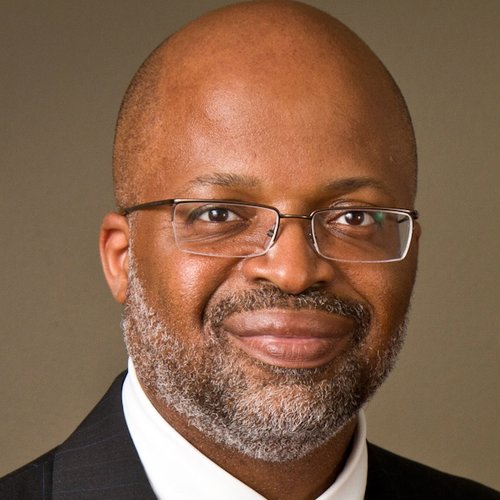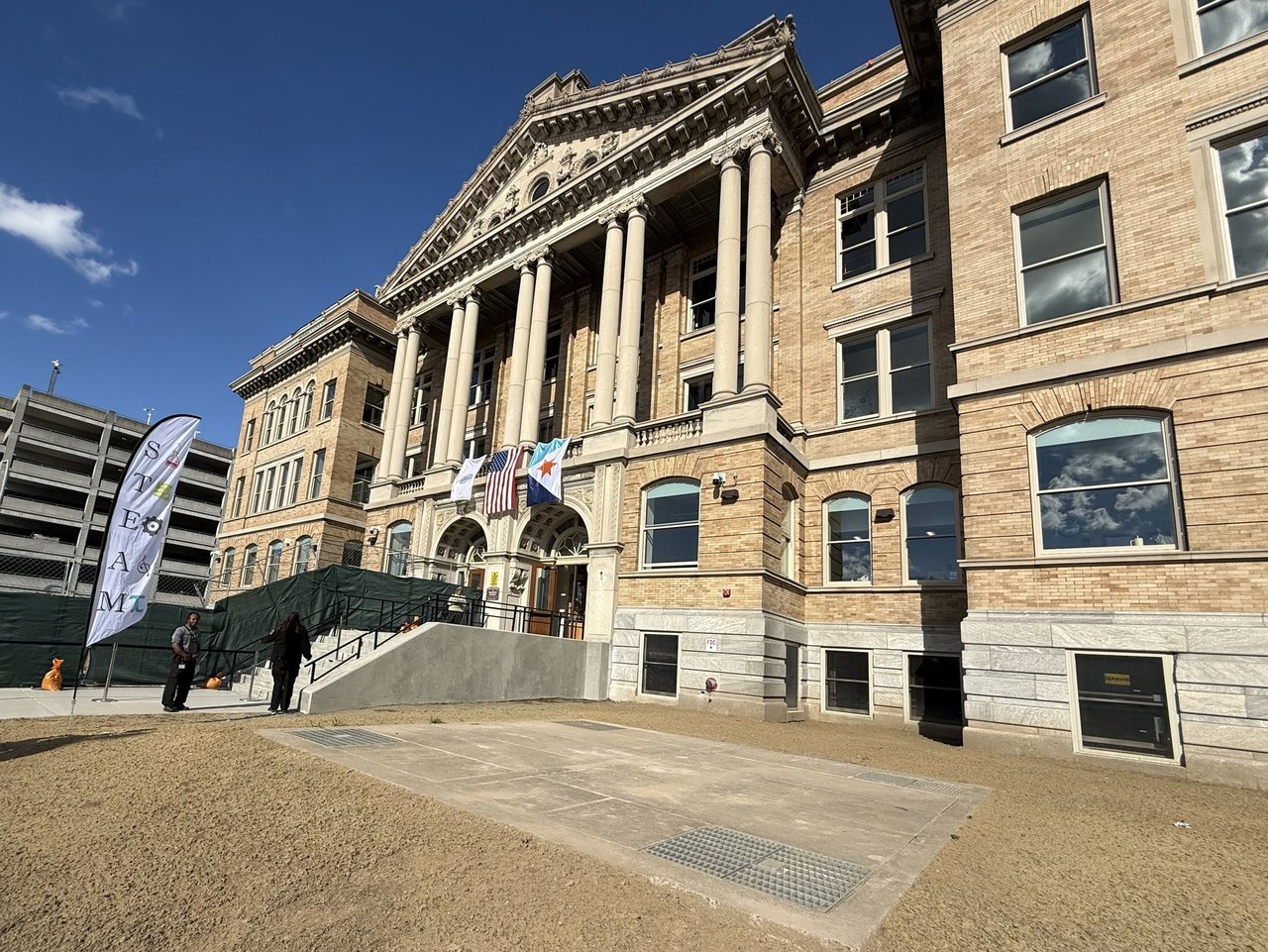Fueling Innovation
Key Takeaways:
- Syracuse STEAM Engines will connect local artists with Syracuse high school students to design public art that revitalizes neighborhoods and encourages future STEAM workforce.
- By blending public art, technology and workforce training, the program is preparing Syracuse’s next generation of innovators for evolving tech careers.
- Syracuse residents can look forward to new community spaces that spark creativity, innovation and pride.
Like many American Rust Belt cities, Syracuse is addressing the challenge of vacant lots and neglected properties—transforming these spaces into opportunities for renewal and growth as the city evolves beyond its manufacturing heritage.
Research from the U.S. Department of Housing and Urban Development highlights how vacant properties can strain municipal resources and affect community health and safety. But in Syracuse, unused spaces have the chance to be the site of positive change. In anticipation of a surge in tech industry jobs driven by Micron Technology’s major expansion, Syracuse University is spearheading creative initiatives to revitalize underinvested areas—while cultivating a new generation of innovative thinkers.
Launching these efforts is a new National Endowment for the Arts-funded program called Syracuse STEAM Engines. This two-year creative placemaking initiative will bring together local artists, high school students and city planners to create temporary public artworks that transform neglected spaces into vibrant neighborhood gathering places to be celebrated.
The initiative was conceived, developed and will be led by James Haywood Rolling Jr., interim chair of the Department of African American Studies and arts education professor in the School of Education at Syracuse University.

James Haywood Rolling Jr.
Rolling explains these efforts are about more than filling empty urban spaces: “Worldwide, communities are learning that creativity is the engine that drives progress. With Syracuse STEAM Engines, we’re showing young people how to tackle real challenges, reimagine public spaces and prepare for careers that might not even exist yet. This is what the future of education should look like.”
The initiative is a collaboration among the City of Syracuse, the Black Artist Collective, the Everson Museum of Art and the Syracuse City School District’s new STEAM High School—the region’s first school dedicated to science, technology, engineering, arts and mathematics (STEAM). Housed in the historic Greystone Building, the new STEAM High School, which first opened its doors in September 2025, pairs rigorous academics in STEM with a strong emphasis on the arts and design, preparing students for emerging careers while fostering creative problem-solving.

Syracuse STEAM Engines will assemble four design-build teams comprised of Syracuse STEAM High School students and a visiting artist-in-residence or local artist whose work has explored the intersections of either the sciences, technology, engineering, or mathematics. Each lead artist is chosen from the Black Artist Collective or the Everson Museum’s roster of local exhibiting artists through a competitive proposal process. Among the selected artists is the acclaimed Carrie Mae Weems.
Students will take part at every stage—designing, fabricating and installing site-specific works in selected public spaces across the city. Projects could range from simple mechanical sculptures utilizing levers and pulleys to installations that integrate robotics, software, data visualization and interactive light or sound systems. For selected students, the program offers a chance to reimagine their community as well as valuable training in project management and the 4Cs (collaboration, communication, critical thinking and creativity)—all essential skills for the future workforce.
The initiative aligns with the City of Syracuse’s multi-year “Syracuse Housing Strategy,” which emphasizes “additive new work” that revitalizes neighborhoods without demolition. The City’s Department of Neighborhood and Business Development will help identify installation sites, ensuring the projects respond directly to community needs.
Similar university-driven initiatives that integrate science and public art are already proving effective in other cities. At the University of Georgia, an arts-integrative training program for first-year STEM graduate students has shown that participants develop a greater appreciation for diverse perspectives, stronger community-building and collaboration skills, and greater openness to experimentation in their work.
Similarly, the City of Madison and the University of Wisconsin launched Science to Street Art, a program that uses public art to inspire STEAM education and careers. The effort has drawn strong community support and successfully connected students and residents with scientific ideas through art.
Syracuse STEAM Engines brings these learning principles to Central New York, giving local students the opportunity to move beyond classroom learning and cultivate real-world skills as they prepare for careers in emerging technologies.
Follow updates on Syracuse STEAM Engines through Syracuse University and City of Syracuse social media channels.
Published: Sept. 25, 2025
Media Contact: asnews@syr.edu
